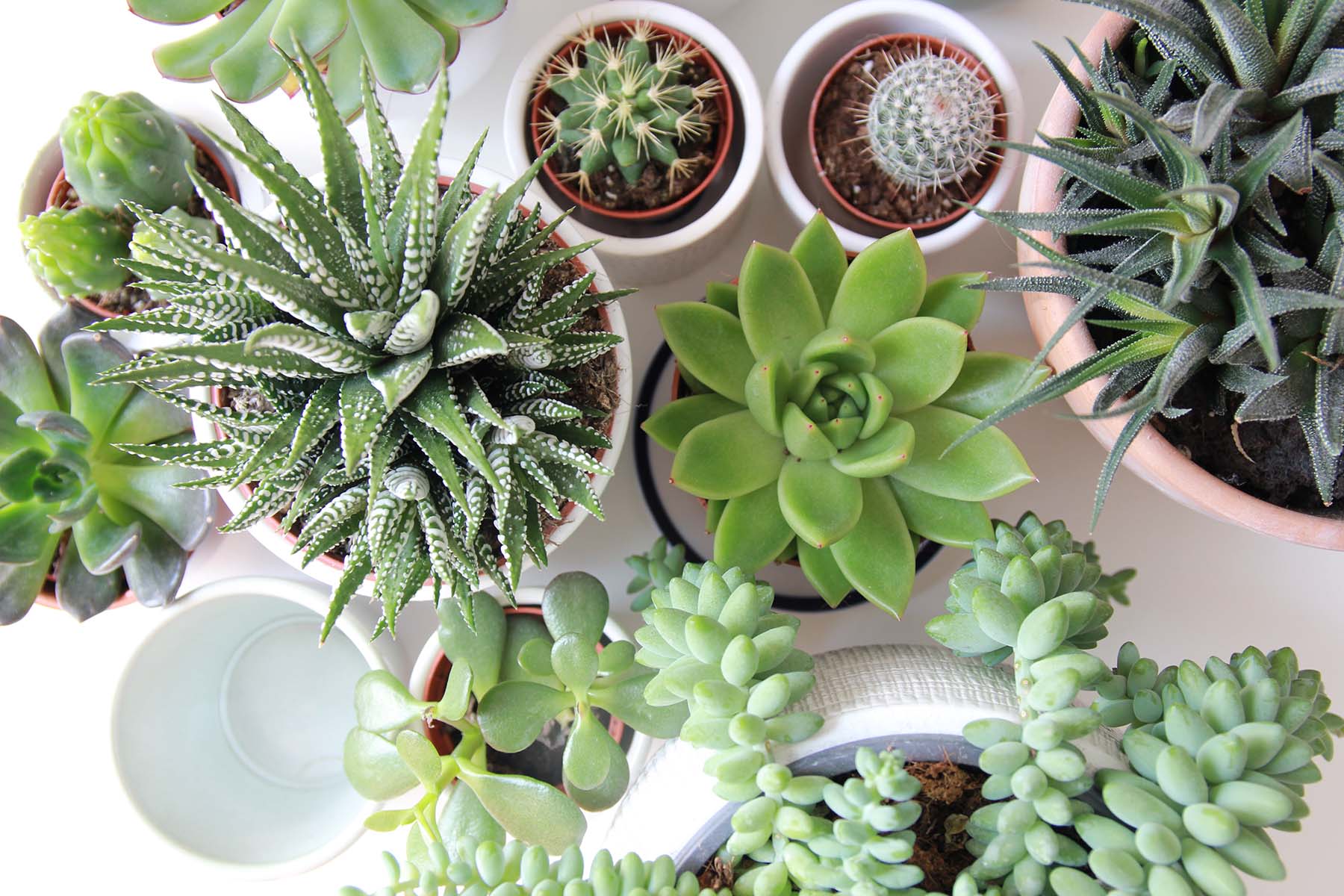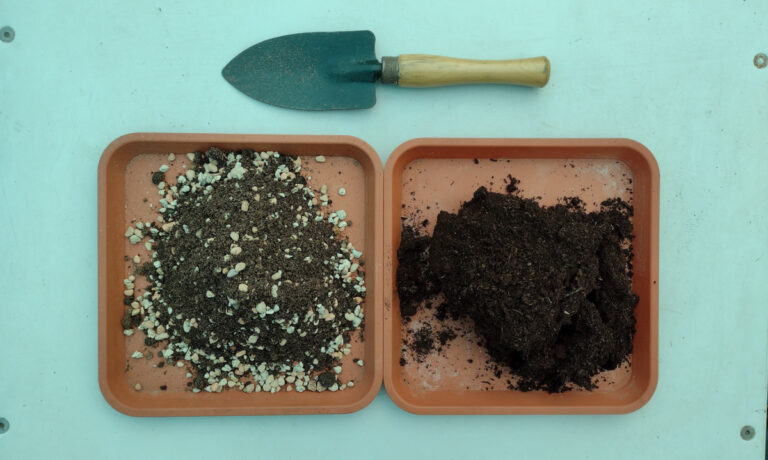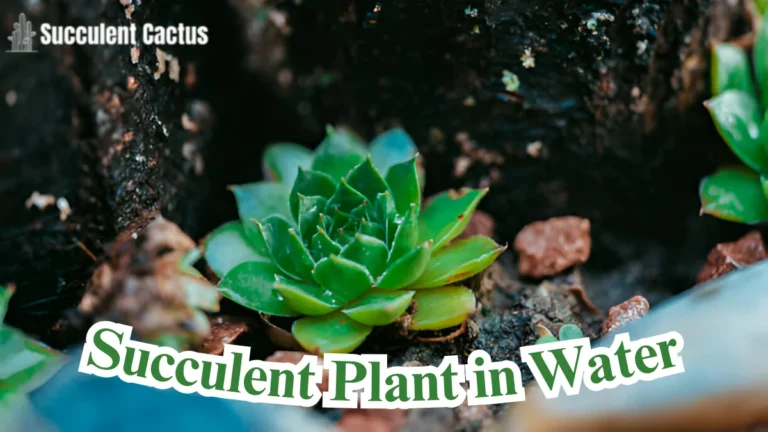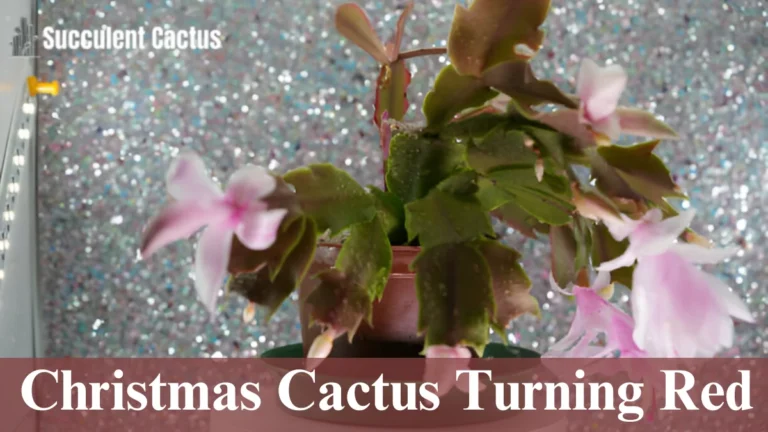How To Care For a Succulent : Watering and Maintenance Tips

Succulents have become a favorite among plant enthusiasts for their resilience, unique beauty, and minimal care requirements. However, to truly help your succulents thrive, you need to know the essentials of how to care for a succulent. From watering to sunlight to maintenance, this guide will provide everything you need to grow happy, healthy plants.
Why Learning How to Care for a Succulent Matters
Understanding how to care for a succulent isn’t just about keeping a plant alive; it’s about allowing it to flourish. These plants, known for their water-retaining leaves and stems, have specific needs. Neglect or improper care can lead to common issues like root rot, pests, or sunburned leaves.
Watering Succulents: The Foundation of Succulent Care
Getting the watering routine right is the most critical aspect of learning how to care for a succulent. Overwatering or underwatering are common pitfalls for beginners.
How Often Should You Water Succulents?
The frequency of watering varies depending on the environment and season. During their growing season (spring and summer), most succulents need watering every two weeks. In winter, when they are dormant, reduce watering to once a month.
The Soak and Dry Method: A Foolproof Watering Technique
The soak-and-dry method is a golden rule for succulent care. Thoroughly drench the soil until water drains out from the bottom, then allow the soil to dry out completely before watering again.
Filtered vs. Tap Water: What’s Best for Succulents?
Avoid tap water if it contains chlorine or fluoride. Filtered or distilled water is better, as it prevents salt buildup, which can harm the roots.
Sunlight Needs: Essential Lighting Tips for Succulents
Providing the right amount of light is another crucial step in mastering how to care for a succulent. Without adequate sunlight, succulents may lose their vibrant color or grow leggy.
How Much Sunlight Do Succulents Need?
Most succulents thrive with 6–8 hours of bright, indirect sunlight daily. A south-facing window is often the best spot for indoor succulents.
Can Succulents Survive Without Sunlight?
If natural light is scarce, use artificial grow lights to supplement. LED grow lights with a full spectrum of light can mimic sunlight and help your succulents thrive indoors.
Preventing Sunburn in Succulents
While sunlight is vital, too much direct exposure can scorch your plants. Use sheer curtains or relocate your succulents to a shaded area during peak sun hours.
Choosing the Right Pot and Soil for Succulents
The type of pot and soil you use plays a significant role in learning how to care for a succulent effectively.
Best Pots for Succulents: Drainage is Key
Always choose pots with drainage holes. Materials like terracotta or ceramic are ideal because they allow better airflow and moisture control.
What Type of Soil Do Succulents Need?
Succulents require well-draining soil. Specialized cactus and succulent mixes are widely available, or you can create your own by mixing regular potting soil with sand, pumice, or perlite.
Maintenance Tips: Keeping Your Succulents Healthy
Regular maintenance ensures your succulents stay vibrant and pest-free. Here are some essential practices to include in your care routine.
Pruning and Cleaning Succulents
Remove dead leaves and stems to encourage growth and prevent pest infestations. Use clean scissors or pruning shears for this task.
Fertilizing Succulents: When and How
Fertilize your succulents during the growing season (spring and summer) using a balanced, water-soluble fertilizer diluted to half strength. Avoid fertilizing during the dormant months.
Repotting Succulents: A Step-by-Step Guide
Repot your succulents every 1–2 years to refresh the soil and provide room for growth. Choose a pot that is slightly larger than the previous one.
Troubleshooting Common Problems in Succulent Care
Even with the best efforts, issues can arise when learning how to care for a succulent. Here’s how to identify and solve common problems:
Overwatering Issues
- Symptoms: Mushy, yellow leaves; foul-smelling roots.
- Solution: Remove the plant from the pot, let the roots dry, and repot in fresh, dry soil.
Underwatering Symptoms
- Symptoms: Wrinkled, shriveled leaves.
- Solution: Gradually increase watering frequency but avoid soaking the soil.
Stretching (Etiolation)
- Symptoms: Long, leggy stems with sparse leaves.
- Solution: Move the plant to a brighter location or use a grow light.
Pests on Succulents
- Common pests: Mealybugs, spider mites, and aphids.
- Solution: Treat infestations with neem oil or insecticidal soap.
Seasonal Care: Adapting to Succulent Needs Throughout the Year
Adjusting your care routine based on the seasons is crucial when mastering how to care for a succulent.
Spring: Preparing for Growth
- Increase watering frequency.
- Start fertilizing.
- Repot if necessary.
Summer: Managing Heat
- Protect succulents from direct, intense sunlight.
- Water consistently but avoid waterlogging.
Fall: Preparing for Dormancy
- Gradually reduce watering.
- Stop fertilizing.
Winter: Keeping Succulents Alive Indoors
- Provide bright, indirect light.
- Water sparingly.
- Maintain a temperature above 50°F (10°C).
Why Succulents Make Great Houseplants
Learning how to care for a succulent isn’t just about maintenance; it’s about enjoying the many benefits these plants bring.
1. Aesthetic Appeal
Succulents come in a variety of shapes, colors, and textures, adding a stylish touch to any space.
2. Air-Purifying Properties
Succulents can improve indoor air quality by absorbing toxins and releasing oxygen.
3. Stress Relief
Caring for plants has been shown to reduce stress and promote mental well-being.
4. Easy Maintenance
Once you understand how to care for a succulent, you’ll find that they require very little attention compared to other houseplants.
How to Care for a Succulent: Final Thoughts
Caring for succulents may seem simple, but it involves understanding their unique needs for water, light, and maintenance. By following the tips in this guide, you’ll be well-equipped to keep your succulents thriving for years to come. Whether you’re a beginner or an experienced gardener, mastering how to care for a succulent is a rewarding journey that brings beauty and joy to your living space.
Grouping Succulents: Creating Stunning Arrangements
One of the joys of learning how to care for a succulent is the opportunity to create beautiful arrangements. Grouping succulents not only elevates their decorative value but also helps them thrive under similar care conditions.
1. Choosing Complementary Varieties
Select succulents with similar light, water, and soil needs. For example, echeverias and haworthias pair well as they thrive in similar environments.
2. Using the Right Container
Opt for wide, shallow containers with drainage holes. This allows you to plant multiple succulents while preventing water from pooling at the base.
3. Creating Layers
Add visual interest by arranging taller succulents at the back and shorter ones at the front. Incorporate decorative stones or moss to enhance the display.
How to Care for a Succulent Outdoors
Caring for succulents outdoors requires understanding their natural habitat and mimicking those conditions as closely as possible.
1. Sunlight Requirements for Outdoor Succulents
Outdoor succulents thrive in full to partial sunlight. However, acclimate them gradually to prevent sunburn, especially if transitioning from indoors.
2. Protecting Succulents from Extreme Weather
- Hot Climates: Provide shade during the hottest part of the day.
- Cold Climates: Move potted succulents indoors during frost or cover ground-planted ones with frost cloth.
3. Using Mulch for Ground-Planted Succulents
Add a layer of gravel or small stones around the base of outdoor succulents to improve drainage and reduce weed growth.
How to Care for a Succulent: Boosting Growth with Proper Fertilization
Fertilizing succulents can encourage healthy growth and vibrant colors, but overdoing it may harm them. Understanding how to care for a succulent includes knowing the right way to fertilize.
1. Choosing the Right Fertilizer
Select a balanced, low-nitrogen fertilizer labeled for cacti and succulents. Alternatively, use a diluted all-purpose fertilizer at half strength.
2. Timing Fertilizer Application
Fertilize during the growing season (spring and summer). Avoid fertilizing during dormancy, as the plant isn’t actively absorbing nutrients.
3. Avoiding Over-Fertilization
Excess fertilizer can cause leggy growth or burn the roots. Stick to a fertilization schedule of once a month during the active growing period.
Propagating Succulents: Expanding Your Collection
Propagating succulents is an exciting aspect of learning how to care for a succulent, as it allows you to multiply your plants and experiment with new varieties.
1. Leaf Propagation
Gently twist off a healthy leaf from the parent plant, let it callous over for a few days, then place it on top of well-draining soil. Mist occasionally until roots and new growth appear.
2. Stem Cuttings
Cut a healthy stem, allow it to dry for a few days, and then plant it in soil. Stem cuttings are ideal for succulents like jade plants and string of pearls.
3. Offset Removal
Many succulents, such as aloe vera, produce offsets or “pups.” Separate these small plants and replant them in their own pots.
Decorating Your Space with Succulents
Once you’ve mastered how to care for a succulent, you can explore creative ways to use them in your home decor.
1. Succulent Terrariums
Create mini-ecosystems in glass containers. Use activated charcoal, soil, and decorative stones to create layers and add small succulents for a unique display.
2. Vertical Succulent Gardens
Use a wall-mounted frame or vertical planter to grow succulents. This is a space-saving way to add greenery to your living area.
3. Succulents as Table Centerpieces
Group succulents in elegant pots or trays to create stunning table centerpieces for special occasions or everyday decor.
How to Care for a Succulent in Different Environments
Succulents can adapt to various settings, but each environment has unique challenges. Understanding how to care for a succulent in different locations ensures their survival.
1. Caring for Succulents in Apartments
- Use grow lights if natural sunlight is limited.
- Choose compact varieties like lithops or sempervivums that fit small spaces.
2. Succulents in Office Spaces
- Select low-light tolerant succulents, such as snake plants or zz plants.
- Mist occasionally to counteract the dry air from air conditioning.
3. Succulents in Bathrooms
- Opt for moisture-tolerant varieties like jade plants or echeverias.
- Ensure good air circulation to prevent rot from high humidity.
Final Words: How to Care for a Succulent with Confidence
Whether you’re growing succulents for their aesthetic appeal, stress-relieving properties, or ease of care, knowing how to care for a succulent is essential. By mastering their water, light, and soil needs while addressing potential challenges, you can ensure these stunning plants thrive in any environment.






